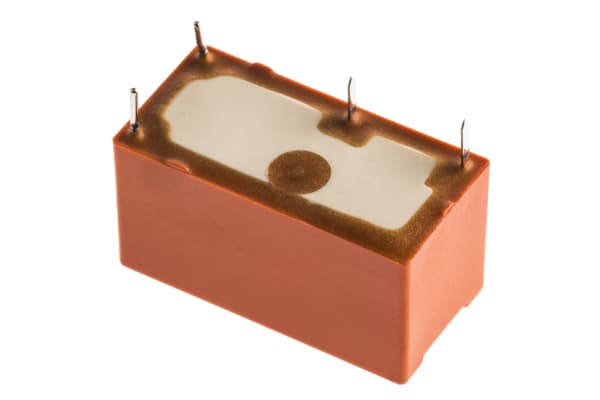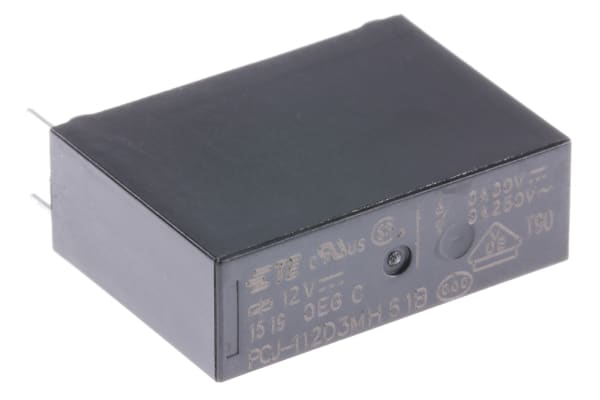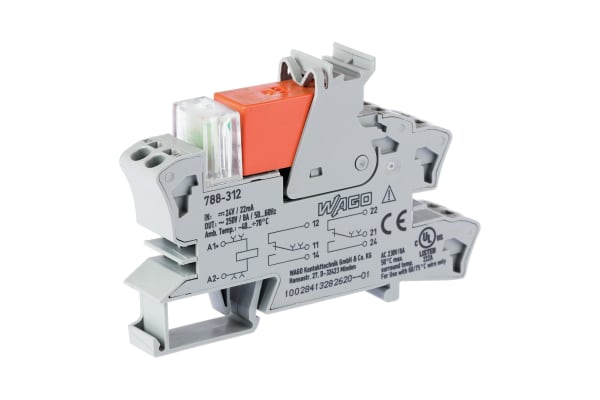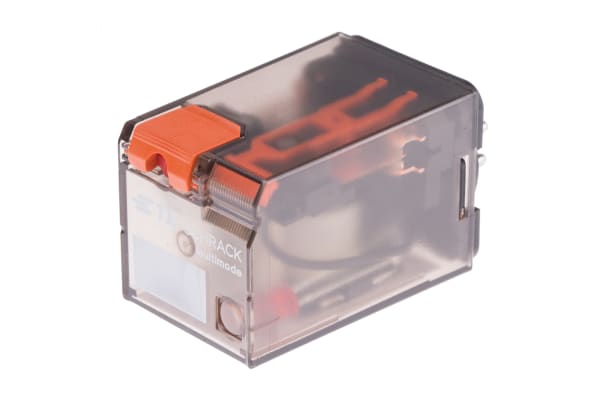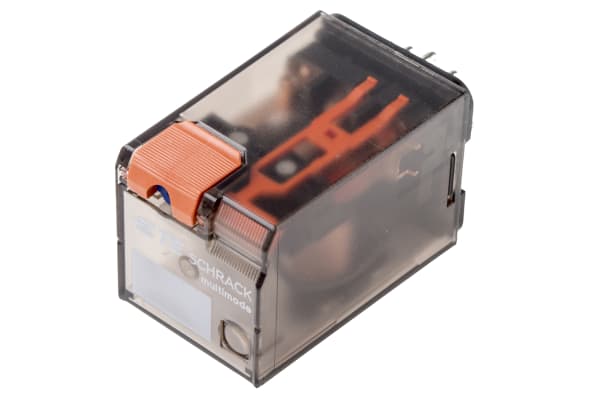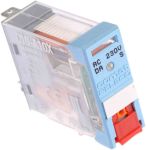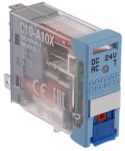Non-Latching Relays
Relays are electrical switches that are operated by electrical impulses with the primary function to open and close a circuit, they can also be referred to as industrial switches. There are 2 main types available, latching and non–latching relays.How do non-latching relays work?Non-latching relays are in a normally closed (NC) position and will stay in this state without power. When power passes through the circuit, the relay switched to a normally open (NO) position by using an internal coil to generate a magnetic force, holding this NO position. Once the current is turned off, it returns to the NC position. This makes non-latching relays well suited to push-button applications like keyboards and micro-controller input buttons.What are non-latching relays used for?Non-latching relays are highly durable and versatile components, making their performance long lasting and suitable for use in a wide range of applications, such as:Automotive enginesHousehold appliancesIndustrial machineryMedical equipmentTelecommunications equipmentWhat is the difference between latching and non-latching relays?Both types of relays in similar in design and function, however, a significant difference between them is that a latching relay will remain in the last position it when it was last powered, whereas a non-latching goes back to its normal position. This makes each more type of relay suitable for different applications. Considerations when selecting a relayWhen choosing a relay, it is important to consider a number of specifications to ensure it is fit for purpose, some factors include:Coil voltage – the required voltage to actuate the switching mechanism. If a voltage is too high this could damage the components, if it is too low then it will not actuate. Contact configuration – This is the state the contacts are in without power. For example SPST, single pole single throw.Contact material – the relay contacts are available in many materials that have certain properties. Common materials are gold, silver, tin oxide and nickel Coil power – the amount of power (watts) the coil operates at. This must match the power in the circuit for correct function. Coil resistance – the amount of resistance (ohms) in the circuit that the coil creates.
-
SPST-NO PCB (AGNI) RELAY, 6A 24VDC COIL
IDR50,032.53 -
SPST-NO PCB RELAY, 5MM PIN, 16A 12VDC
IDR50,242.31 -
SPST-NO PCB RELAY, 5MM PIN, 16A 24VDC
IDR58,738.40 -
SPST-NO SLIM PCB RELAY,3A 5VDC COIL
IDR81,394.64 -
SPST-NO WASHTIGHT PCB RELAY, 3A 12VDC
IDR37,865.29 -
Wago, 24V dc Coil Non-Latching Relay, 19.1mA Switching Current DIN Rail, 2 Pole, 788-312
IDR394,386.40 -
TE Connectivity, 12V dc Coil Automotive Relay SPDT Panel Mount Single Pole, 1432793-1
IDR444,209.15 -
TE Connectivity, 230V ac Coil Non-Latching Relay DPDT, 10A Switching Current Plug In, 2 Pole, MT228230 7-1393090-1
IDR362,185.17 -
TE Connectivity, 48V dc Coil Non-Latching Relay 3PDT, 10A Switching Current Plug In, 3 Pole, MT321048 7-1393091-1
IDR345,088.10 -
TELECOM RELAY 2C/O 2A, 12VDC 150MW
IDR88,527.16 -
TELECOM RELAY 2C/O 2A, 5VDC 150MW
IDR60,521.53 -
Wago, 24V dc Coil Non-Latching Relay, 10mA Switching Current DIN Rail Single Pole, 859-304
IDR311,313.52 -
TWIN CONTACT SPDT RELAY,10A 230VAC COIL
IDR295,475.13 -
TWIN CONTACT SPDT RELAY,10A 24VDC COIL
IDR195,305.18 -
TWINCONTACT SPDT RELAY,10A 24VAC/DC COIL
IDR264,532.58 -
V23061B1007A501,MSR-RELAY,24VD
IDR58,004.17



